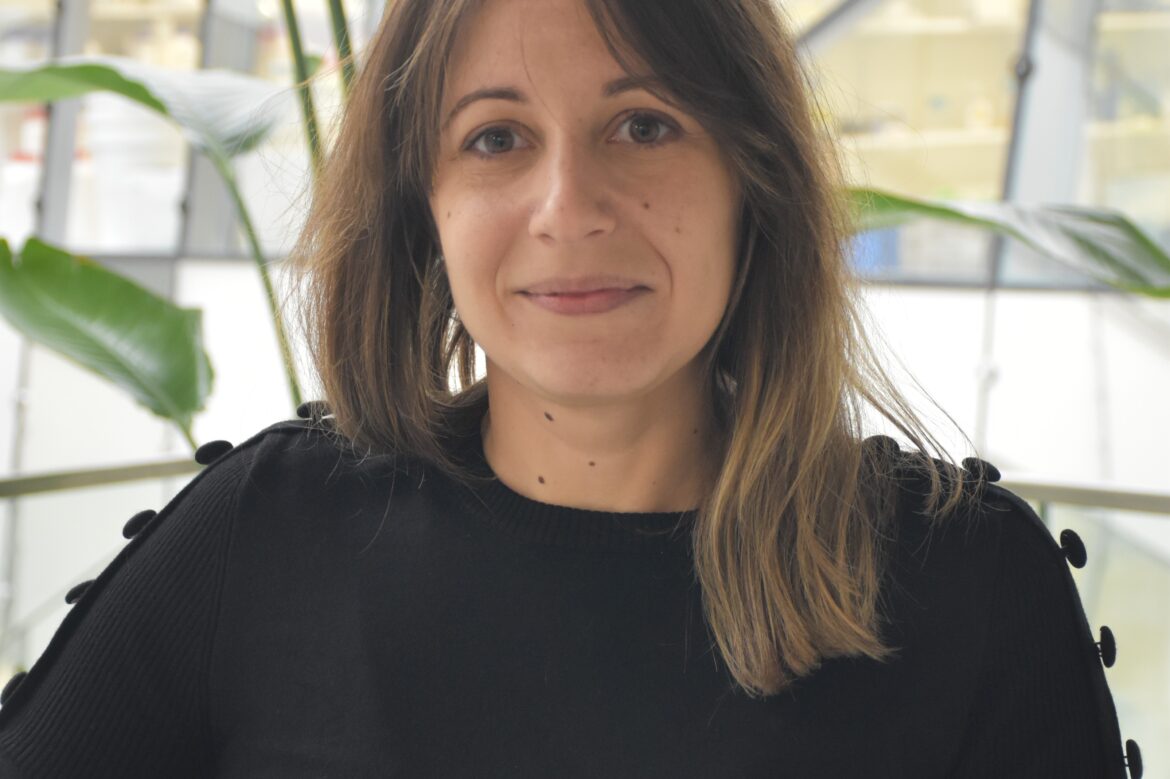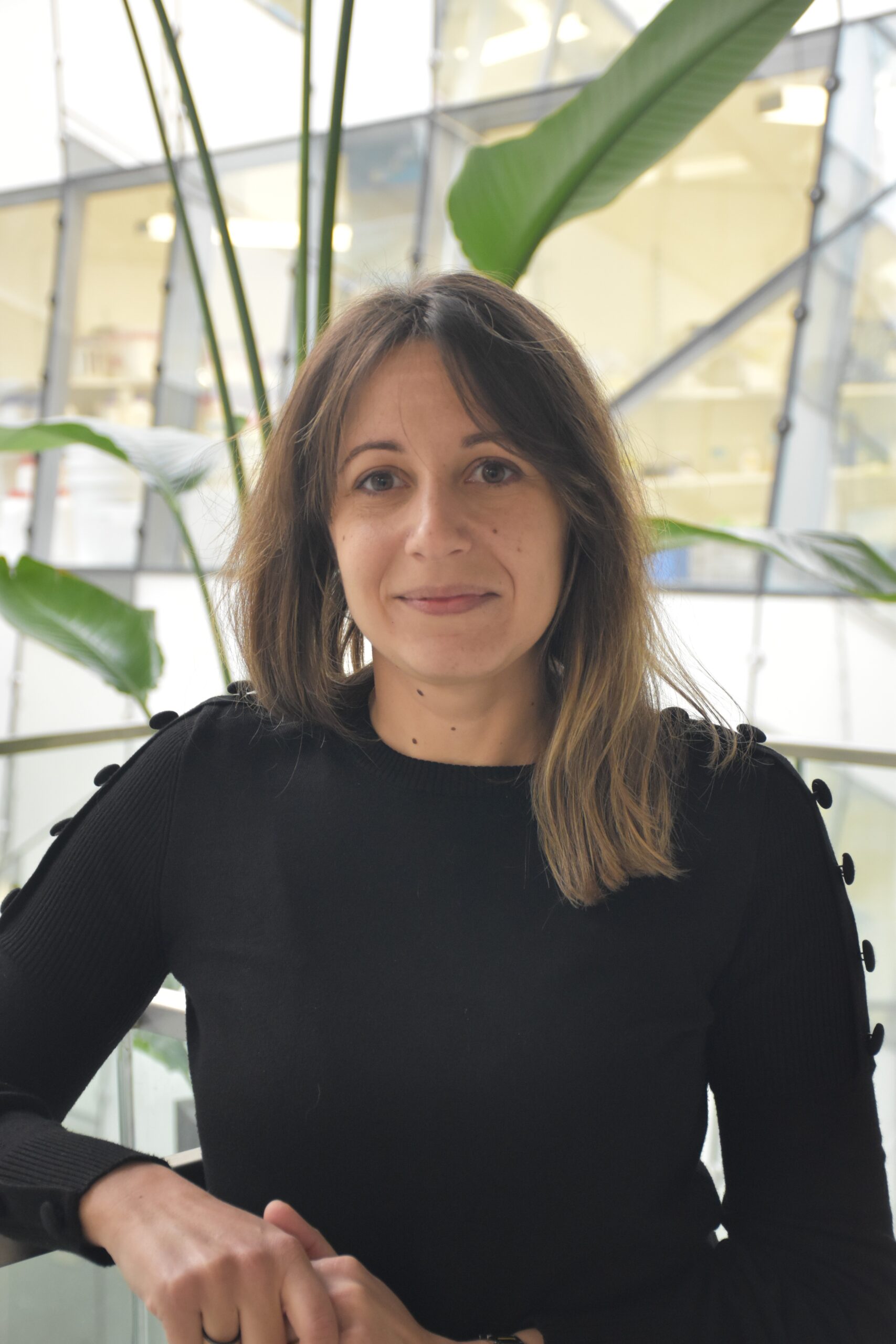
Nabila Brihmat
Postdoctoral researcher
/ Contact
www.orcid.org/0000-0002-2862-8356

Après avoir obtenu un master en biologie et santé puis en neuropsychologie et neurosciences cliniques à l’Université Paul Sabatier en France, j’ai poursuivi un doctorat en neurosciences au Centre de Neuroimagerie de Toulouse (ToNIC / UMR1214) et au Département de Médecine Physique et de Réadaptation du Centre Hospitalier Universitaire de Toulouse. J’ai exploré la neuroplasticité et le potentiel de récupération d’interventions thérapeutiques innovantes (stimulation cérébrale non invasive, imagerie motrice, réalité virtuelle, pharmacologie) pour la rééducation motrice d’individus ayant subi un accident vasculaire cérébral, ainsi que l’outil d’évaluation optimal pour mettre en évidence ces effets. J’ai ensuite rejoint le Tim & Caroline Reynolds Center for Spinal Stimulation de la Fondation Kessler pour un stage postdoctoral qui s’est transformé en poste de chercheur associé, afin d’étudier les effets de la stimulation cérébrale et de la moelle épinière non invasive sur la récupération fonctionnelle après une lésion de la moelle épinière (LM).
En rejoignant l’équipe Neuromodulation et Neuroprothèses de l’Institut des Maladies Neurodégénératives, j’ai l’intention d’utiliser mes connaissances et mon expérience acquises dans le cadre d’un projet de recherche financé par la FRM pour étudier les mécanismes sous-jacents et les effets de la stimulation électrique non invasive du cerveau et de la moelle épinière en cas d’accident vasculaire cérébral et de lésion de la moelle épinière.
Publications
-
Insights into COVID-19 pathophysiology from a longitudinal multisystem report during acute infection
Experimental Neurology. 2024-10-01. 380 : 114917.
10.1016/j.expneurol.2024.114917 -
Corticospinal inhibition investigated in relation to upper extremity motor function in cervical spinal cord injury
Clinical Neurophysiology. 2024-05-01. 161 : 188-197.
10.1016/j.clinph.2024.02.026 -
Differential Corticospinal Excitability and Cortical Functional Connectivity Modulation by Spinal Cord Transcutaneous Stimulation-based Motor Training versus Motor Training alone in Able-bodied and SCI participants: A Multiple Case Study
2023 45th Annual International Conference of the IEEE Engineering in Medicine & Biology Society (EMBC). 2023-07-24. : 1-4.
10.1109/EMBC40787.2023.10340957 -
Motor Imagery and Paired Associative Stimulation in Poststroke Rehabilitation: Dissociating Motor and Electrophysiological Effects
Applied Sciences. 2023-05-15. 13(10) : 6063.
10.3390/app13106063 -
Safety and effects of a therapeutic 15 Hz rTMS protocol administered at different suprathreshold intensities in able-bodied individuals
Journal of Neurophysiology. 2023-01-01. 129(1) : 56-65.
10.1152/jn.00268.2022 -
High-Frequency rTMS Combined with Task-Specific Hand Motor Training Modulates Corticospinal Plasticity in Motor Complete Spinal Cord Injury: A case report
2022 44th Annual International Conference of the IEEE Engineering in Medicine & Biology Society (EMBC). 2022-07-11.
10.1109/EMBC48229.2022.9871134 -
Kinematic parameters obtained with the ArmeoSpring for upper-limb assessment after stroke: A reliability and learning effect study for guiding parameter use
J NeuroEngineering Rehabil. 2020-09-29. 17(1)
10.1186/s12984-020-00759-2 -
Supplemental Fig. S1
. .
10.6084/m9.figshare.20102744 -
Cross-Modal Functional Connectivity of the Premotor Cortex Reflects Residual Motor Output after Stroke
Brain Connectivity. 2020-06-01. 10(5) : 236-249.
10.1089/brain.2020.0750 -
Post-stroke remodeling processes in animal models and humans
J Cereb Blood Flow Metab. 2019-10-23. 40(1) : 3-22.
10.1177/0271678X19882788 -
Action, observation or imitation of virtual hand movement affect differently regions of the mirror neuron system and the default mode network
Brain Imaging and Behavior. 2017-12-14. 12(5) : 1363-1378.
10.1007/s11682-017-9804-x -
Cerebral imaging of post-stroke plasticity and tissue repair
Revue Neurologique. 2017-11-01. 173(9) : 577-583.
10.1016/j.neurol.2017.09.007
